The bleak mid-winter photography. A time of toasty warm homes and the glow of a monitor as you edit a year’s worth of images. Or is it? You see the winter, as cold as it might be, does not have to be an end to outdoor photography. In fact, it should be an inspiration to get out and shoot something a little outside your comfort zone.
If you were to Google winter photographer, a vast proportion of the articles that pop up will be about snow. But for many of us, winter is not all about snow, snow is often just a few days during the season. If you are a city dweller, snow is pristine the night that it falls, then becomes a grey sludgy mess that makes any picture look bad. With that in mind, in this article, we are going to look at the real winter. The cold, dark, snowless, overcast winter that many of us actually experience.
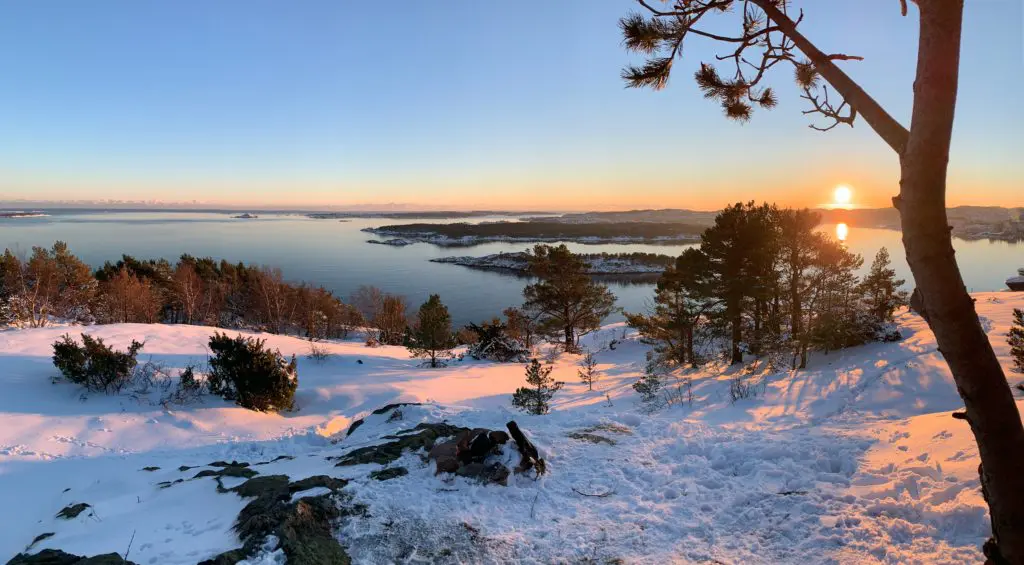
Made For Black And White
The overcast clouds, bare trees, and low contrast light may not appeal at first glance but if you frame your creative mind into black and white, you will see a whole new realm of photographic possibilities open up.
From a majestic but barren landscape to a solitary, naked tree in your local park, black and white can truly capture the mood of mid-winter. It’s a time to push your compositional creativity as the light will often not be favorable.
- The leading lines of a road heading into a misty uncertain future.
- The negative space surrounding a lonely tree.
- The dramatic stormy sky taking up two-thirds of your landscape shot.
- Shooting black and white in a winter environment can truly challenge you!
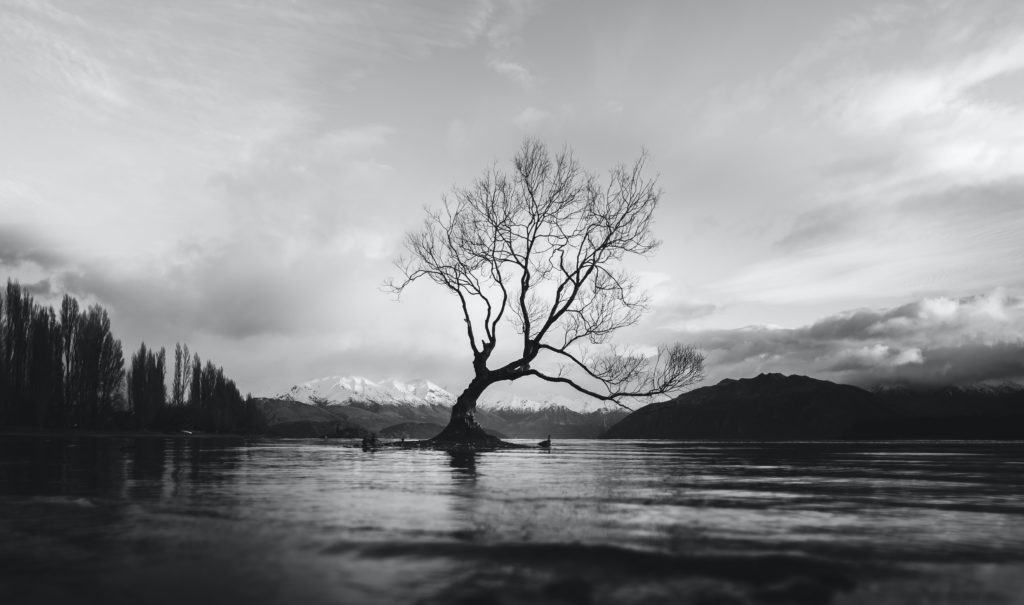
A Splash Of Color In Mid-Winter Photography
Whilst the mid-winter may seem made for black and white, there are also great shots to be had in color. In particular splashes of color. A single bold color on an otherwise grey, flat day can look amazing. It might be the splash of red on a robin’s breast. It might be the yellow taxi in a sea of black and grey cars.
- In real life, a splash of color on a cold winter’s day really catches the eye. The same is true for an image. Cities, in particular, can look very grey on a winter day, yet are also full of color. Keep a keen eye out for places where that color contrast is likely to occur. If you have a leaden, grey sky, get down low and use that as the background to your shot.
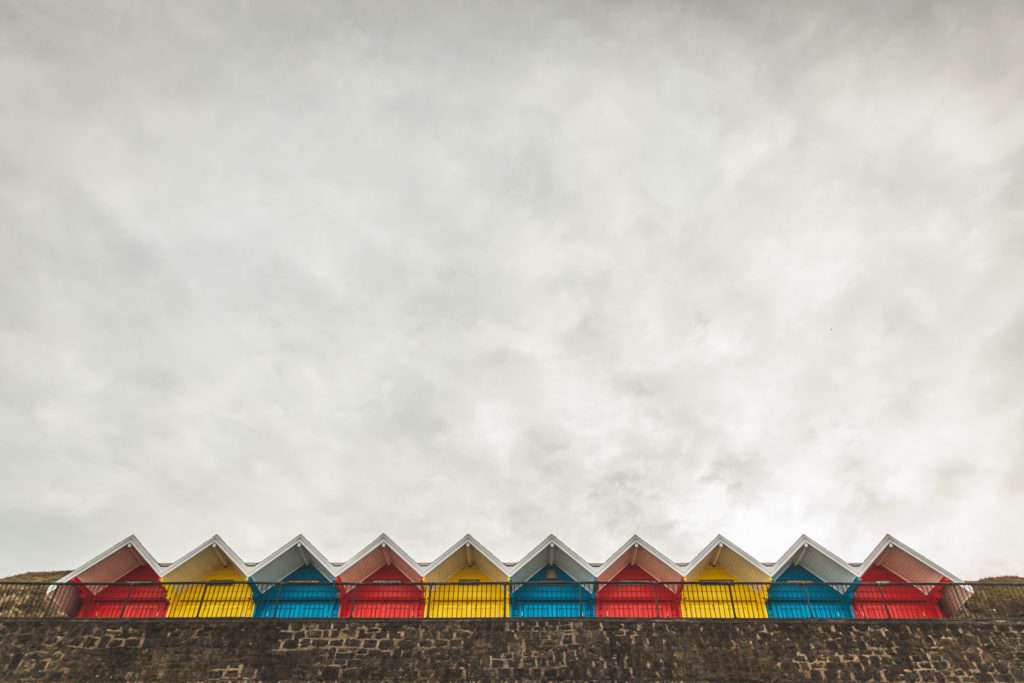
- Another theme to look out for is the juxtaposition of old brick buildings against modern skyscrapers. The muted colors of the brickwork provide an interesting contrast to the grey steel of modern architecture. Cities are full of such subtle splashes of color
The Blue Hour
With the mid-winter’s short hours of daylight, the blue hour becomes a very attractive proposition to shoot. With sunrise after 7 am, there is no need to rise super early, and with the light fading around 4 pm, you don’t need to stay out late.
But that’s not all. Winter light on an overcast day is naturally much bluer. Combine that with the fading light and you are all set for some spectacularly moody blue hour shots.
- In urban settings, the contrast in your shots will come from artificial light. The warm, welcoming glow of a cafe, juxtaposed against the blue, grey tones of the outside. The punchy neon lights against a stormy blue sky. Urban landscapes are full of mid winter blue hour shots.
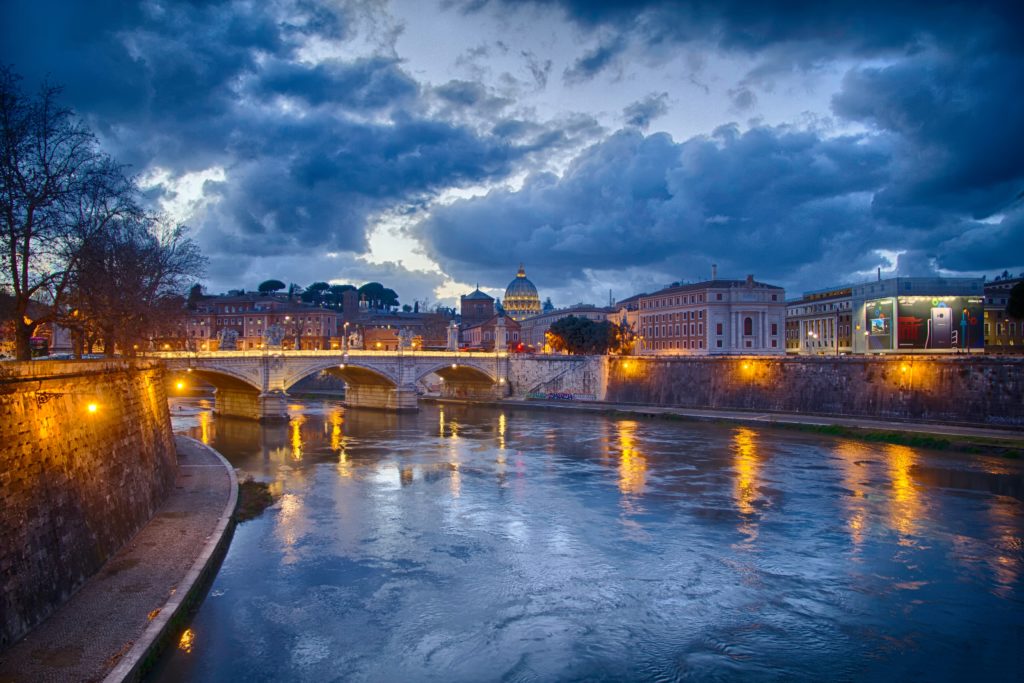
- In rural settings, you can also look for the color contrast. The glow of a farmhouse or traffic on a distant road. You could also find a solitary subject and offset it with the subtle blue tones of an overcast sky. Wherever you are shooting, blue hour is a spectacular time to shoot in winter.
Mist And Fog
The bleak mid-winter photography is the perfect time for capturing mist and fog. These can provide a beautiful, mysterious backdrop to your shots. Mist can be fleeting, drifting in and out of your compositions. Patience is required, you need to choose a subject carefully and wait for the right moment to shoot.
Fog is more uniform, your subject will be more hinted at than well defined. It is challenging yet rewarding.
Your two biggest challenges in mist and fog however will be exposure and focus. Meters will tend to under-expose, particularly in fog. You may need to use exposure compensation, adding a stop perhaps more to get the right exposure.
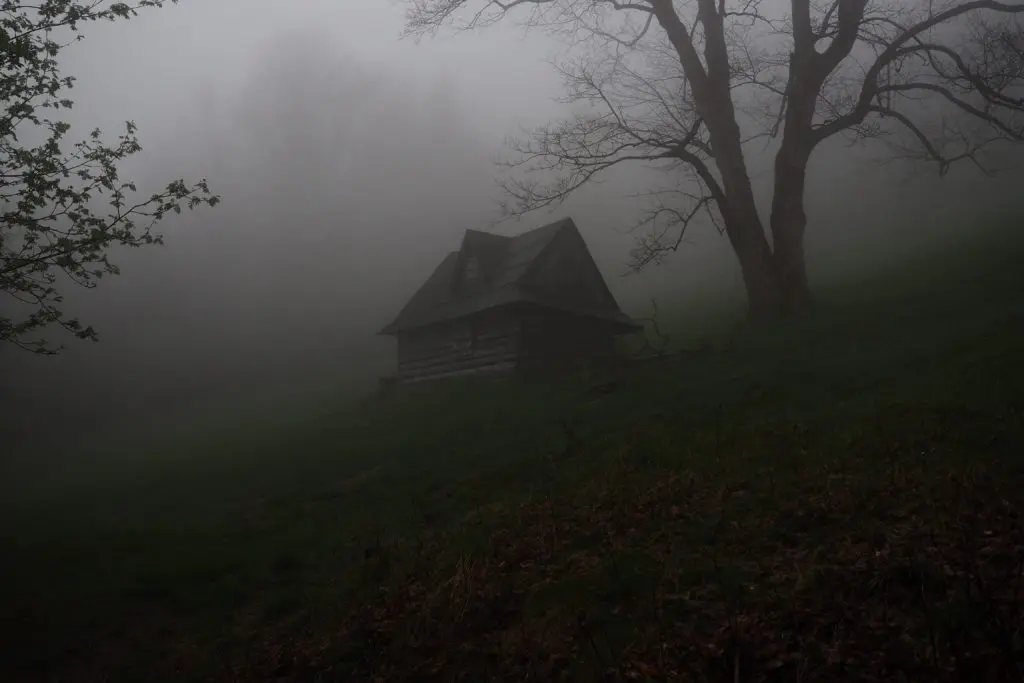
A camera’s auto-focus will often hunt in foggy situations, struggling to find the contrast to lock onto. In this case, you should look at focusing manually. This way, you will know that your subject is correctly focused.
Rain And Reflections In Mid-Winter Photography
As mentioned earlier, many of those who have to suffer winter, often do so without much snow. What we do have in abundance though is rain. Rain shots work well in combination with splashes of color, particularly artificial light. Shooting a fast shutter speed can freeze the motion of the rain, giving a feeling of energy but you will need to be focussed on a relatively close subject or use an ultra-wide lens for this to work well.
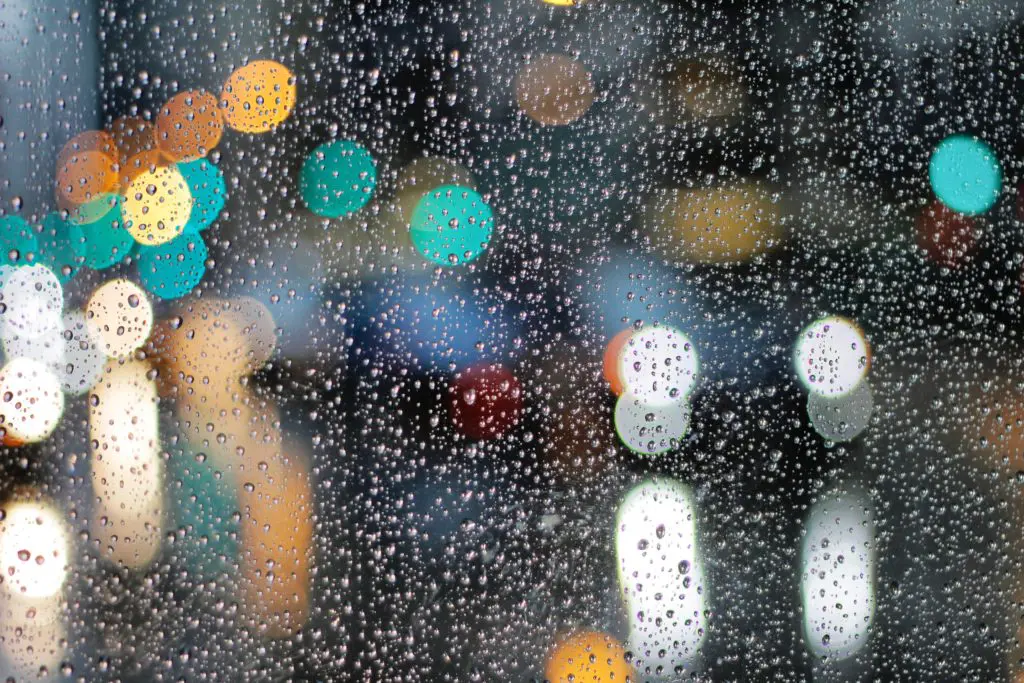
Another shot that works well in rain is the raindrop image. This works best as drops on a window with defocused background. Try to keep enough detail in the background for the viewer to identify what it is. Again splashes of color in a generally grey scene will enhance those raindrop shots.
Reflections work best in combination with the blue hour. A combination of the city’s artificial light and the cold blueness of the sky reflected in a puddle can give a very dramatic look. Use your camera’s LCD screen to get down low without having to kneel down in the wet.
The cold, wet, grey mid-winter can be off-putting to some. However, dress up warm with some good waterproofs and you will find there are plenty of amazing shots to be had. Those shots may be very different from what you normally take, but that’s a good thing. It will challenge you both technically and creatively.

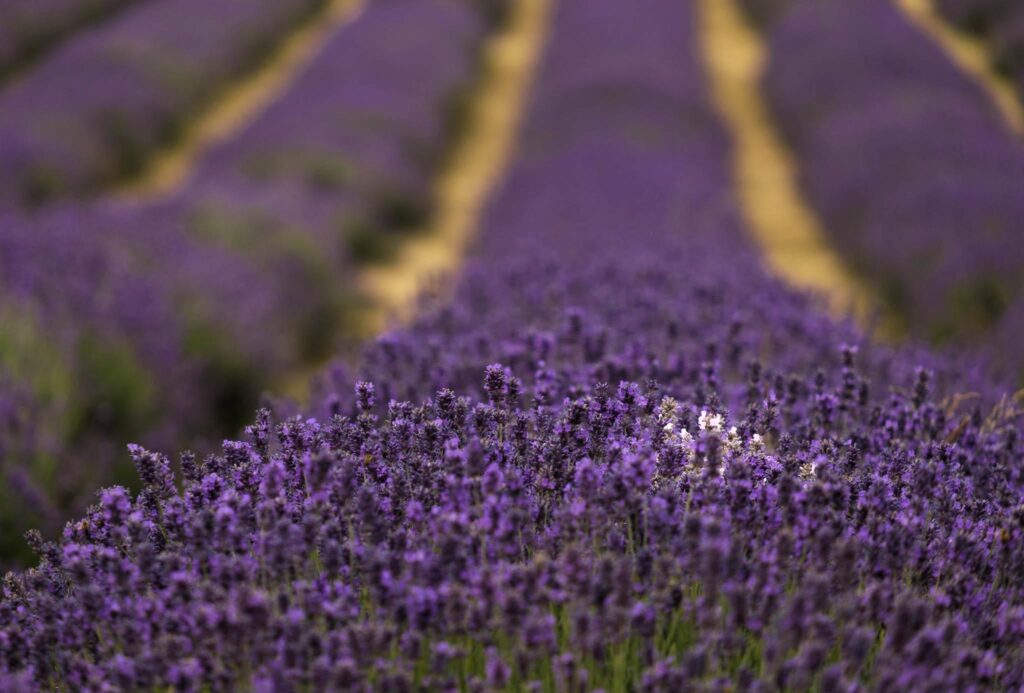
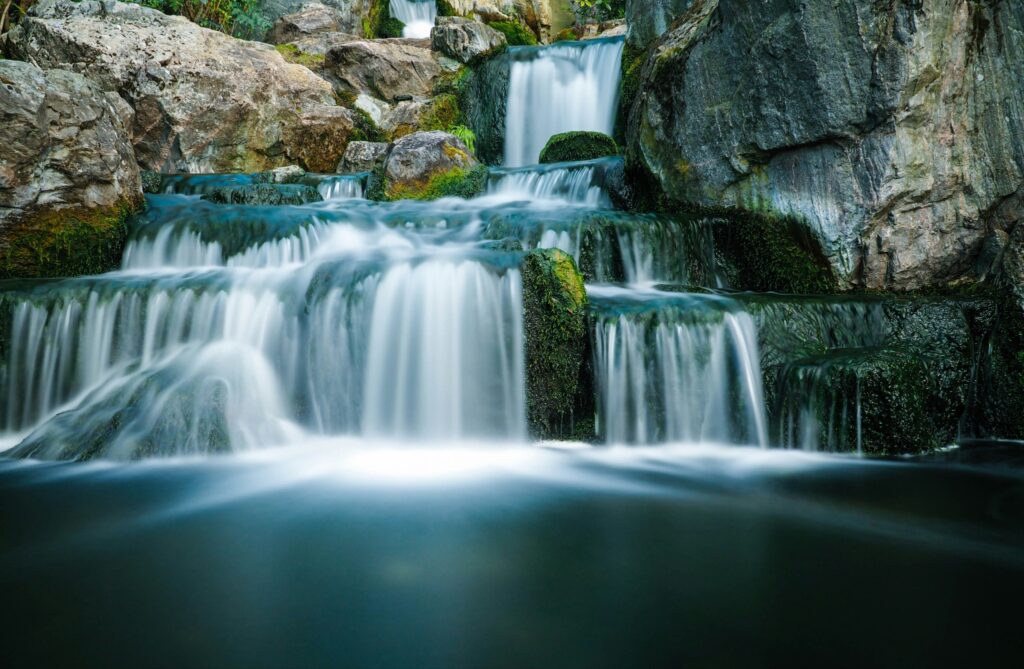
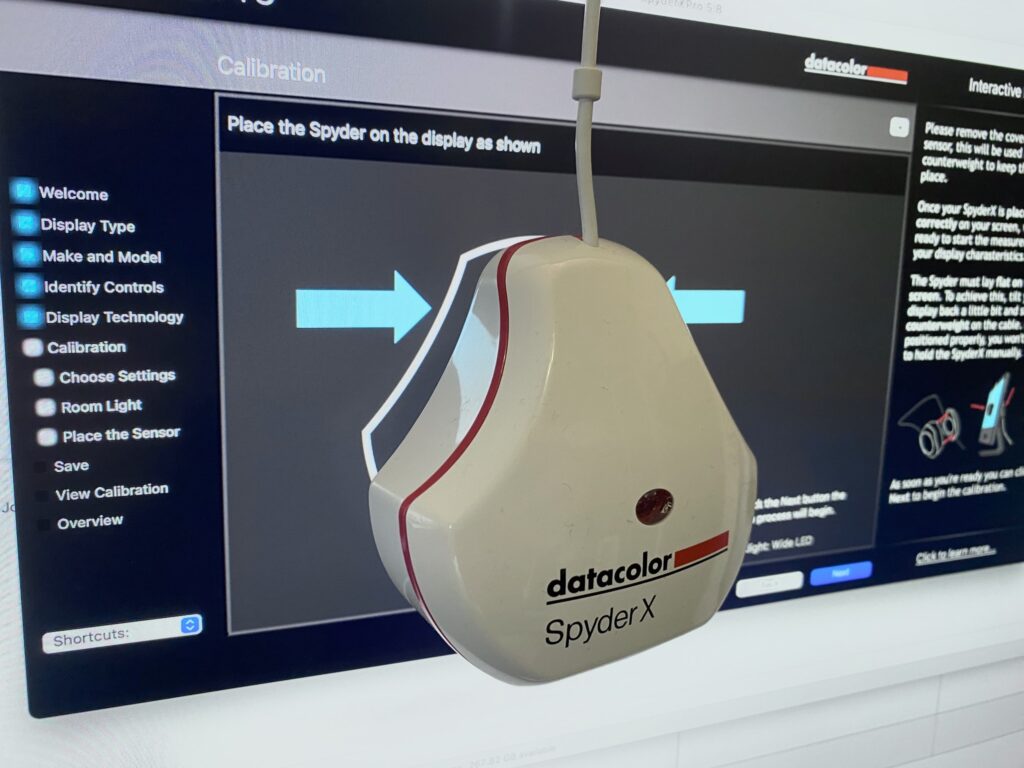
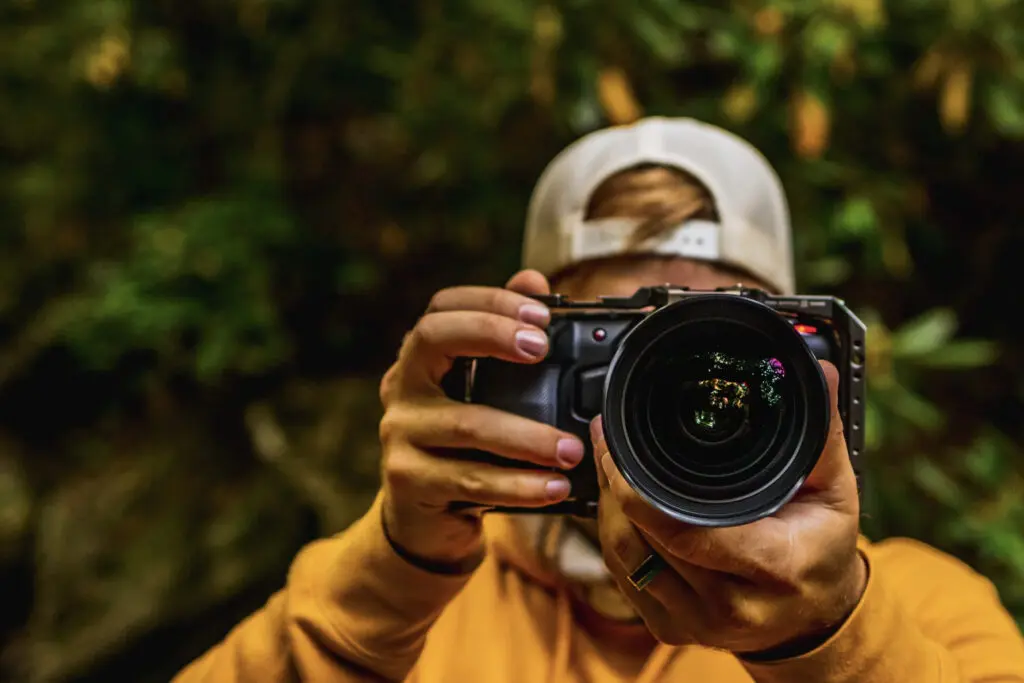
1 Comment
Good read thanks Jason